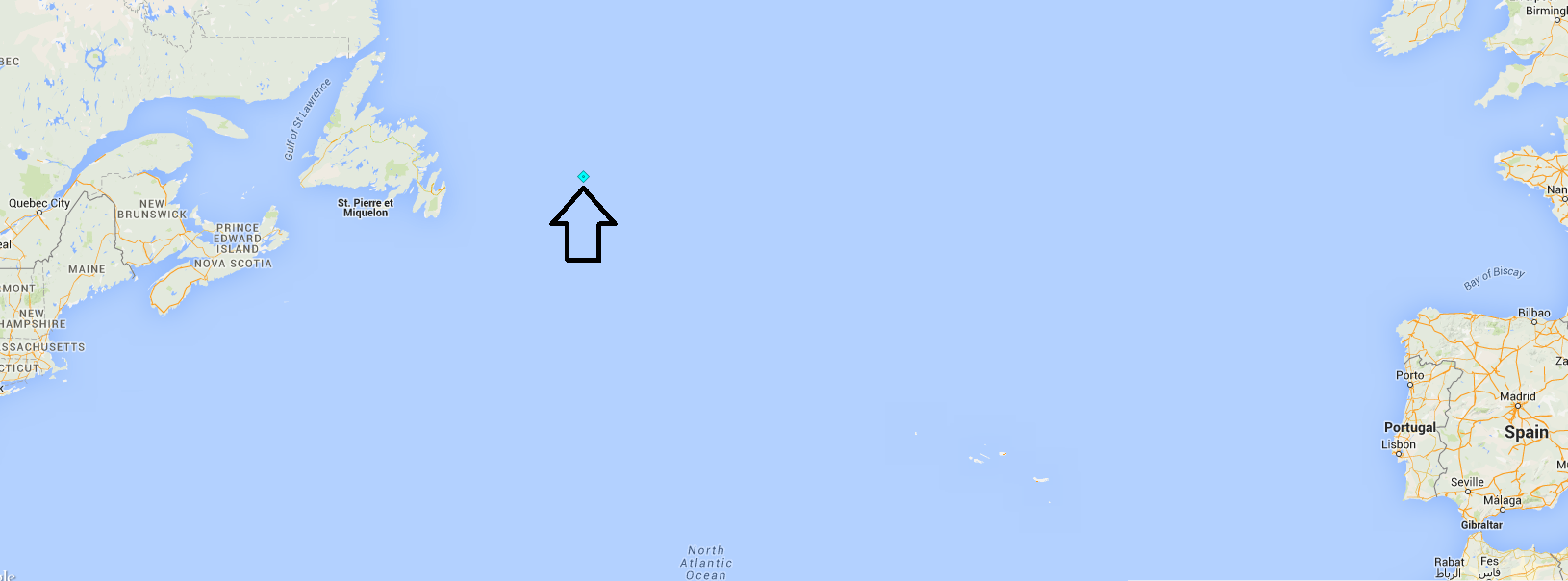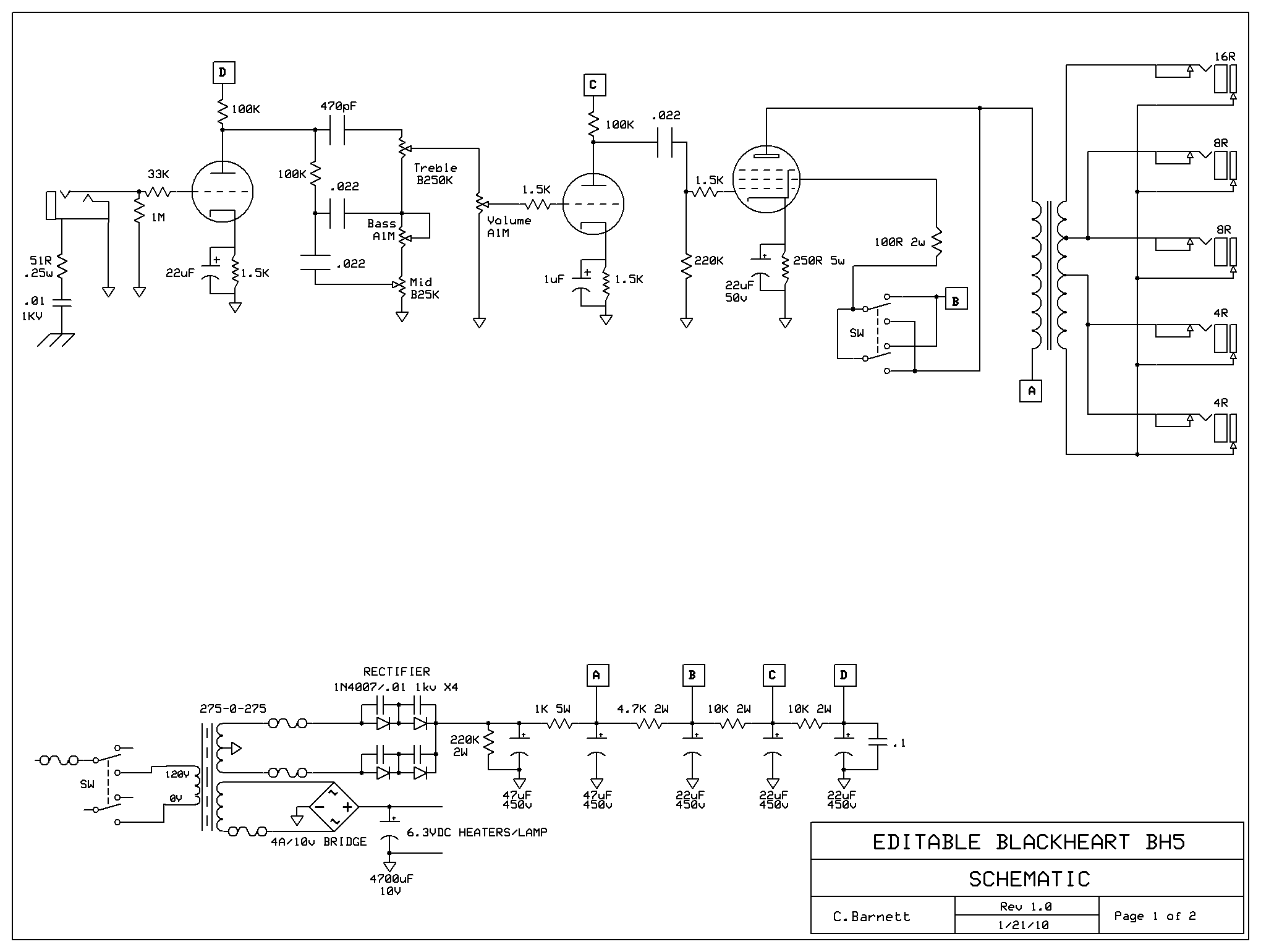I've wanted to build my own amp for quite a while. For bass guitar, the selection of amplifiers you can buy is pretty lack-luster, and mid-volume studio amps are hard to find. It seems like most of what's available is either a practice amp or a stadium rig, neither of which I need.
Enter Il D'oro - a true studio-minded bass amp. Since much of my experience is on the digital side, I'm going to include some digital bells and whistles for the project, too. Here's an overview:
- 200W - just enough to faithfully reproduce all the frequencies of an extended range bass guitar
- All tube amplification section (pre-amp, output/power amp), but with a solid state rectifier and power supply stage to make it lighter and more reliable.
- An ARM based digital control system - savable EQ settings, digital effects, and system monitoring
- LED Rotary encoders (instead of pots) with light spectrum readout, and an LCD screen to display metering and other system information
- Custom cabinet with 6", 10", and 18" speakers and 1 tweeter
There are still tons of details to iron out, but here's my plan for the process: Start with a basic tube-amp build using spare parts I've got around the house (EL84, 8 inch Peavey speaker, left-over plywood, etc.) just to get some practice under my belt, and use a dev-board (probably a Launchpad) as a prototype for the controls. Then, I'll design and build the amplifier in standard form. Once that's operational, I'll work on the digital additions. I'm shooting to finish this project by the end of 2015, and to log it all here on Hack-a-Day Projects! (and on my website, which I'll post when I'm satisfied with it... you might be waiting a while).
 Istantinople
Istantinople




Glad I read further along... EL84 (6BQ5) valves/tubes at most, and pushed, deliver 20W a pair... but in reality are closer to 15-18W a pair in P-P AB1. KT88 or 6550 tubes/valves will get you the most power per tube/valve in audio power. 100W a pair.
If you look at the old Ampeg SVT series amps (still made as the classic model) you'll notice they push 500-550VDC at the plates of the power tubes... definitely fatal and pushes the parts to their limits. I forget how much the old Sunn amps used. (Max rating on the 6550/6550A is 600vdc// the 6550C max is 800vdc)
If there is a need to source transformers, check to see if Hammond has what you need. There's also Edcore in New Mexico USA who for a fee, can custom wind you transformers if they don't have what you need.
For the benefit of those who don't know yet: You can use a voltage doubler (i.e. take the 275v mentioned and bring it up to 550v... You should know that the amount of usable current is halved. (Basic electronics.) Using the 6550 tube should require about 750mA (rough estimate for two pairs + the compliment of tubes for the phase inverter and pre-amp on the HT side. Mains side will be more.)